Live oaks in Northern Virginia
Dave in NoVA • N. Virginia • zone 7A
8 years ago
last modified: 3 years ago
Featured Answer
Sort by:Oldest
Comments (90)
poaky1
7 years agosam_md
7 years agoRelated Discussions
Anyone growing Oikos Northern live oak?
Comments (4)Maybe the person who told you not to plant it under the power lines has more info? I am very familiar with Quercus Tuebinella so I'd venture to guess it won't exceed 15'. However utility companies prefer nothing growing beneath the power lines, so take it for what it's worth....See MoreSources of vermiculite in northern Virginia
Comments (1)Just wanted to say thanks for this. Looking to setup my first SF garden here in the next month. I live in Fredericksburg so now I know where to find vermiculite. Thanks again....See MoreWhere to Sell Furniture - Northern Virginia
Comments (1)My daughter sold living room furniture at the consignment store on RT. 7 between Leesburg and Lansdowne. Going west on 7 it is located just before the exit for Rt 15. Sorry I do not recall the name of the store....See MoreTree to provide shade to a bench Northern Virginia Area
Comments (4)The only one on your list that is really a '4 season' tree is the paperbark maple. And sourwoods tend to be rather dense so more of a 'heavy' appearance rather than 'airy'. Another tree that has something going for it all year long is a Japanese stewartia, Stewartia pseudocamellia. Good spring coloring, summer flowers, great fall color and bark and branching interest for winter. Making someone feel happy is all the justification any tree needs for its existence :-))...See MoreDave in NoVA • N. Virginia • zone 7A
7 years agokylie_mccardle
6 years agolast modified: 6 years agokylie_mccardle
6 years agosam_md
6 years agodavidrt28 (zone 7)
6 years agolast modified: 6 years agoDave in NoVA • N. Virginia • zone 7A
6 years agolast modified: 6 years agopoaky1
6 years agodavidrt28 (zone 7)
6 years agolast modified: 6 years agobrandon brooks
3 years agosam_md
3 years agodavidrt28 (zone 7)
3 years agolast modified: 3 years agoDavid Brown
3 years agodavidrt28 (zone 7)
3 years agolast modified: 3 years agosam_md
3 years agosam_md
3 years agobengz6westmd
3 years agolast modified: 3 years agodavidrt28 (zone 7)
3 years agolast modified: 3 years agobengz6westmd
3 years agolast modified: 3 years agosam_md
3 years agodavidrt28 (zone 7)
3 years agoDave in NoVA • N. Virginia • zone 7A
3 years agolast modified: 3 years agopoaky1
3 years agolast modified: 3 years agoDave in NoVA • N. Virginia • zone 7A
3 years agolast modified: 3 years agopoaky1
3 years agosam_md
3 years agolast modified: 3 years agodavidrt28 (zone 7)
3 years agolast modified: 3 years agopoaky1
3 years agodavidrt28 (zone 7)
3 years agolast modified: 3 years agopoaky1
3 years agobengz6westmd
3 years agolast modified: 3 years agodavidrt28 (zone 7)
3 years agolast modified: 3 years agopoaky1
3 years agoDavid Brown
3 years agosam_md
3 years agoDave in NoVA • N. Virginia • zone 7A
3 years agoKyle (East TN, 6b/7a)
3 years agoDave in NoVA • N. Virginia • zone 7A
3 years agolast modified: 3 years agoHU-343675173
11 months agoToronado3800 Zone 6 St Louis
11 months agoHU-343675173
11 months agobrandon brooks
11 months agoHU-741250083
7 months agopoaky1
7 months agomaackia
7 months agobengz6westmd
7 months agolast modified: 7 months agodavidrt28 (zone 7)
7 months agolast modified: 7 months agoDave in NoVA • N. Virginia • zone 7A
7 months ago
Related Stories
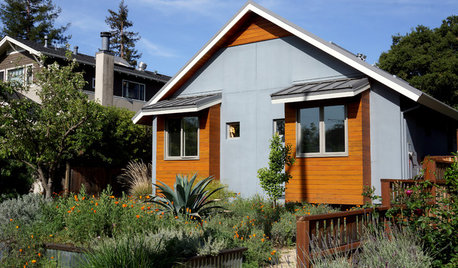
CONTEMPORARY HOMESMy Houzz: Living Simply and Thoughtfully in Northern California
Togetherness and an earth-friendly home are high priorities for a Palo Alto family
Full Story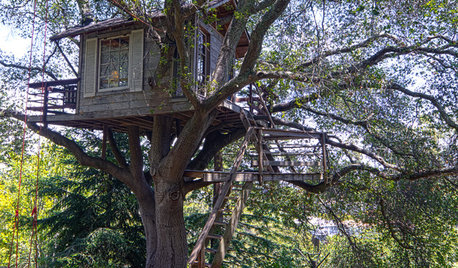
DREAM SPACESA Northern California Tree House Makes Memories
Designed with utmost respect for the tree cradling it, a cozy house gives overnighters an experience to cherish
Full Story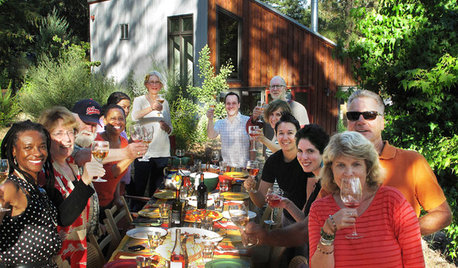
TRAVEL BY DESIGNCome Away to Northern California Wine Country
The rolling hills and valleys of Napa and Sonoma inspire relaxed interiors and spending time outdoors in these 12 homes
Full Story
HOUZZ TOURSMy Houzz: Fashionable, Organic Style in a Compact Virginia Condo
Mirrors, clever storage solutions and elegant custom touches make a 628-square-foot home in Arlington naturally stylish
Full Story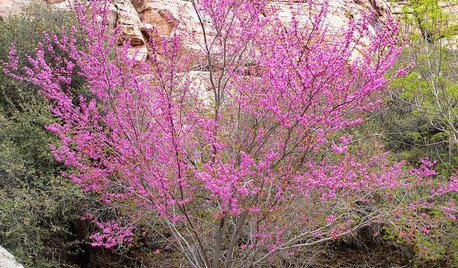
GARDENING GUIDES10 Top Native Plants for Northern California Gardens
Enjoy a fuss-free, water-wise garden by growing plants naturally in tune with the climate and wildlife of Northern California
Full Story
GARDENING GUIDESBackyard Birds: Northern Cardinals in the Snow, and Other Red Birds
Brilliant crimson feathers make these friends stand out in a crowd
Full Story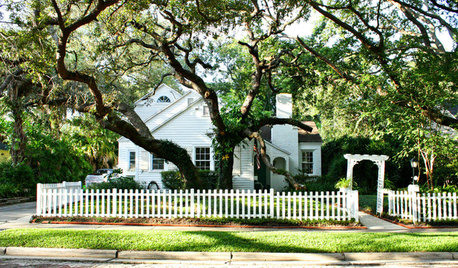
TREESGreat Design Plant: Southern Live Oak Offers an Unbeatable Canopy
Keep it dense or prune it for more light. No matter how you grow Quercus virginiana, it’s a majestic addition to its native landscape
Full Story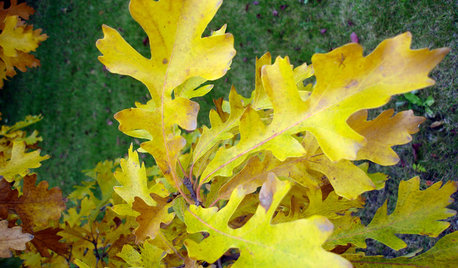
GARDENING GUIDESCelebrate Eastern Oaks for Wildlife, Longevity and Seasonal Interest
There might not be a more important tree to have in your eastern U.S. landscape — if you can fit one in
Full Story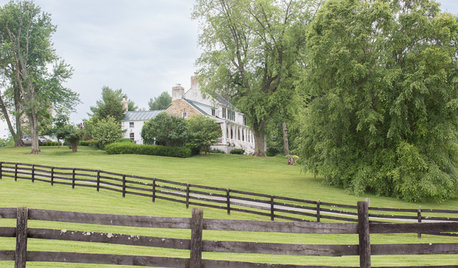
MY HOUZZMy Houzz: Farmhouse Style in a Virginia Bed-and-Breakfast
A country home includes gorgeous grounds, whimsical spaces, a barn as a wedding venue and chandeliers throughout
Full Story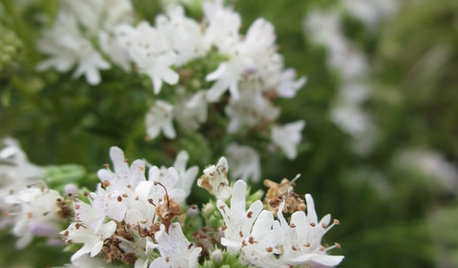
GARDENING FOR BUTTERFLIESGreat Design Plant: Virginia Mountain Mint
Watch a world of insects dine on this Midwest native, an easy bloomer that washes the garden (and your skin) in scents of cool mint
Full StorySponsored
Custom Craftsmanship & Construction Solutions in Franklin County












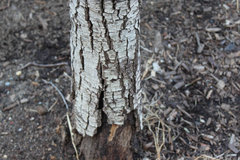
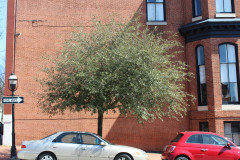












Dave in NoVA • N. Virginia • zone 7AOriginal Author